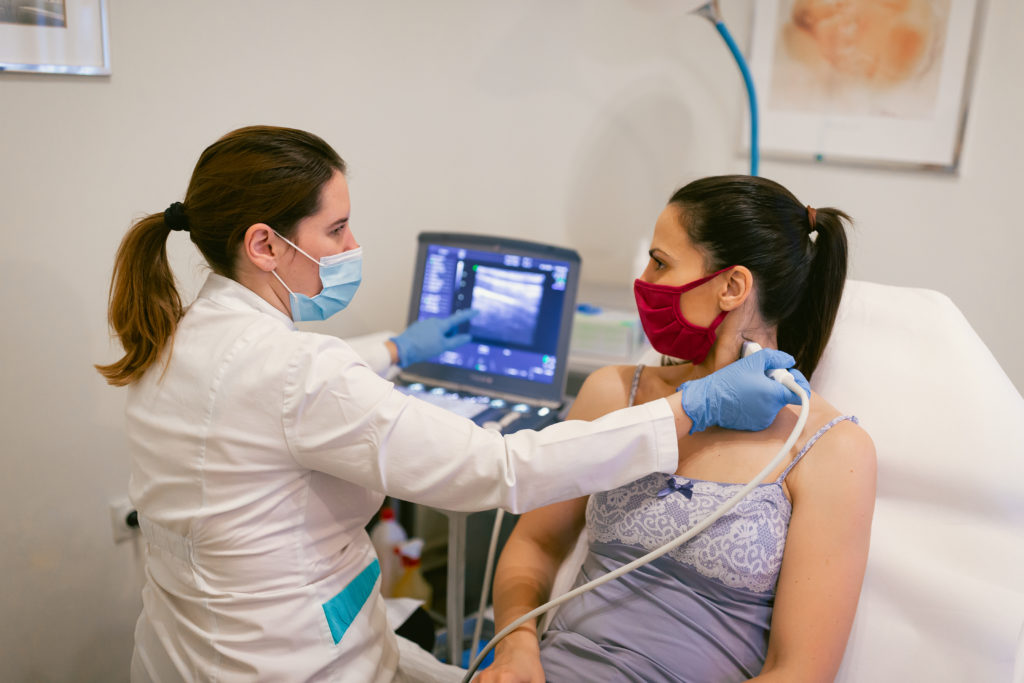What is shingles?
To most adults, chicken pox is a long-forgotten illness. However, when a child’s body battles the chicken pox virus (called varicella zoster), his or her immune system may not destroy all of it. What’s left of the virus can hibernate inside nerve cells only to be reactivated many years later by age, illness, medications, or stress.
The result can be a condition commonly referred to as shingles. Known as herpes zoster, shingles is a painful skin rash that is caused by the varicella zoster virus. Shingles usually appears in a band, strip, or a small area on one side of the face or body.
The shingles rash is localized and blistery and always appears on just one side of the body. It may occur on the chest, trunk or back. Less commonly, it can appear on the face, in the mouth, or down an arm or a leg.
Who gets shingles?
According to the Centers for Disease Control and Prevention, about one in three adults will experience shingles. It is most common in people older than age 50, or people who have weakened immune systems due to stress, injury, certain medicines, or other reasons.
Although people who had chicken pox as children may develop shingles, they will not “catch” shingles from someone else. Their immune systems protect them from a new invasion by the varicella zoster virus.
Most people who get shingles will get better and will not get it again. However, anyone who did not have chicken pox as a child may develop shingles by coming into contact with someone who has the illness.
Caring for shingles
Shingles is treated with antiviral drugs, which can reduce the severity of the infection if taken within three days of developing the rash. Anti-inflammatory drugs may be prescribed to reduce swelling. Shingles is painful because the reactivated virus travels along nerve fibers that extend to your skin. For that reason, prescription pain relievers are part of the treatment.
Shingles may damage nerve fibers in such a way that their ability to send messages from your skin becomes exaggerated and confused. The resulting pain can last long after the shingles rash is gone. This condition, called postherpetic neuralgia (PHN), is the most common complication of shingles.
Symptoms of shingles
It’s easy to mistake the early symptoms of shingles for other conditions, such as allergic reaction to poison ivy, the flu or even migraine headaches. Here are some things to look for:
- A painful rash on one side of the face or body. The rash forms blisters that typically scab over in seven to ten days and clears up within two to four weeks.
- Before the rash develops, there may be pain, itching, or tingling in the area where the rash will develop. This may happen anywhere from one to five days before the rash appears.
- Other symptoms of shingles can include fever, headache, chills, and/or upset stomach.
If you suspect you have shingles
Be sure to call your doctor. Early treatment with antiviral drugs – ideally, within three days of developing the rash – is important to reduce the length and severity of symptoms. Shingles itself usually heals within a month.
Shingles vaccine: Should I get it?
A vaccine to help prevent shingles is available. The Centers for Disease Control and Prevention recommend the vaccine for adults age 60 and older. However, some people will develop shingles despite having the vaccine, and it may not be covered by all health insurance. To find out if the vaccine is right for you, talk to your doctor. If you need help finding a doctor, visit the Steward DoctorFinder™ or call 1-800-488-5959.
*Source: http://www.cdc.gov/shingles
To find a doctor or schedule an appointment, visit Steward DoctorFinder™.




